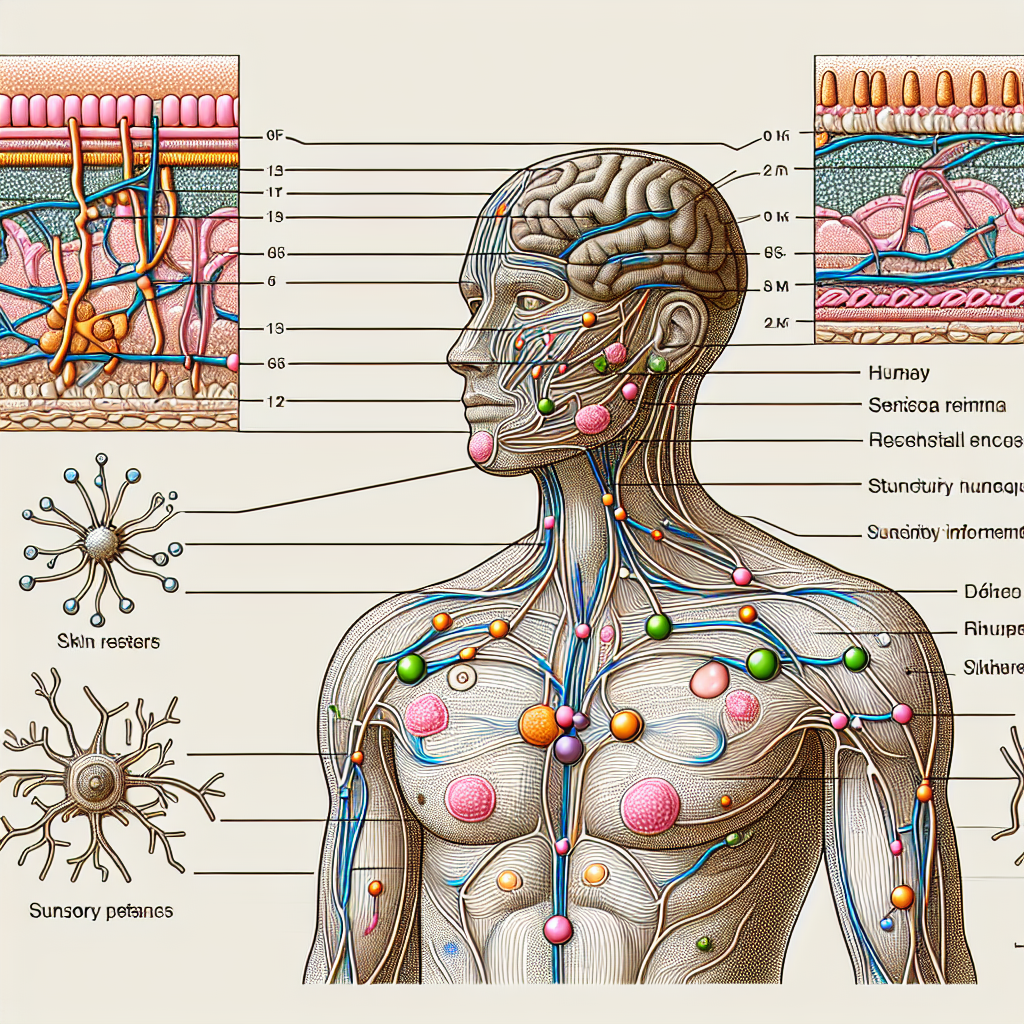Sensory health plays a pivotal role in the overall well-being of an individual, influencing autonomic functions that are essential for life. The sensory system is a complex network of receptors and neural pathways that allow us to perceive and respond to our environment. It is intrinsically linked to the autonomic nervous system (ANS), which regulates involuntary physiological processes such as heart rate, digestion, respiratory rate, pupillary response, and more. This article will explore the intricate relationship between sensory health and autonomic functions, shedding light on the importance of maintaining sensory well-being for optimal physiological functioning.
The Sensory-Autonomic Connection
The human body is an intricate machine, with the sensory and autonomic systems acting as vital components that communicate constantly to maintain homeostasis. Sensory receptors in our body pick up signals from the environment, which are then processed by the central nervous system. This sensory input can directly affect autonomic functions. For instance, the sight or smell of food can trigger salivation and prepare the digestive system for food intake, a process governed by the parasympathetic division of the ANS.
Disruptions in sensory processing can lead to a miscommunication between the sensory and autonomic systems, resulting in a range of dysfunctions. For example, hypersensitivity to sensory input might lead to an overactive stress response, causing elevated heart rate and blood pressure, which are symptoms often associated with cardiovascular health concerns.
Sensory Health’s Role in Autonomic Regulation
Visual System
The visual system is a prime example of how sensory health impacts autonomic functions. Light entering the eyes can affect the body’s circadian rhythms, which are controlled by the hypothalamus—an area of the brain that also influences autonomic functions. Proper exposure to natural light can help regulate sleep patterns, hormone release, and even digestion.
Auditory System
Sound has a profound impact on the ANS. Certain frequencies and volumes can either soothe or stress the system. Therapeutic interventions often use sound to modulate autonomic activity, aiding in relaxation and stress reduction, which in turn can influence heart rate and respiratory patterns.
Tactile System
The sense of touch, though often underestimated, is powerful in its ability to affect autonomic reactions. Studies have shown that tactile stimulation, like massage, can decrease cortisol levels and increase the activity of the parasympathetic nervous system, promoting relaxation and lowering stress.
Sensory Disorders and Autonomic Dysfunction
When sensory processing is impaired, it can lead to a condition known as dysautonomia, a disorder in which the autonomic nervous system does not work properly. This can manifest in various ways, such as orthostatic intolerance, digestive issues, and abnormal heart rate. For more insights into sensory health related problems and treatments, the article Overcoming Challenges in Sensory Health Treatment offers valuable information.
Individuals with sensory processing disorders may have difficulty modulating their responses to sensory stimuli, which can trigger inappropriate autonomic responses such as panic attacks or digestive issues. It’s crucial to address these sensory sensitivities to maintain autonomic balance.
Strategies for Supporting Sensory Health
Enhancing sensory health may involve a variety of approaches, including occupational therapy with a focus on sensory integration, which can help individuals better process and respond to sensory information. The benefits of such integrative therapy are well-documented, as discussed in "The Benefits of Sensory Integration in Occupational Therapy."
Sensory Diets
Incorporating sensory-rich activities into daily routines, known as a "sensory diet," can support both sensory and autonomic health. Activities might include physical exercises, tactile stimulation, or auditory therapy. The role of sensory-rich diets in health and development is further explained in The Role of Sensory Rich Diets in Health and Development.
Sensory-Friendly Environments
Creating environments that minimize sensory overload can help individuals with sensory processing difficulties. This includes using muted colors, reducing background noise, and providing spaces for sensory breaks. The concept of sensory-friendly learning materials is explored in depth in the article Creating Sensory Friendly Learning Materials.
Technology and Sensory Health
Advances in technology have made it possible to screen and monitor sensory health more effectively. Devices and applications that track physiological responses to sensory stimuli can help identify patterns and triggers for autonomic dysfunction. For a deeper dive into this topic, the article Advances in Technology for Sensory Health Screening provides a comprehensive overview.
External Resources
To further understand the connection between sensory health and autonomic functions, here are some niche and specific resources that provide valuable insights:
- Exploring the Sensory Regulation of the Autonomic Nervous System – A study detailing the mechanisms by which sensory systems regulate the ANS.
- The Impact of Sensory Processing Abilities on the Daily Lives of Young Children and Their Families – A resource that explores how sensory processing affects children’s autonomic responses and daily activities.
- A Review of Complementary Therapies in the Management of Autonomic Disorders – This review discusses non-pharmacological approaches to managing autonomic dysfunctions related to sensory health.
- The Role of Sensory Stimulation in Elderly Care – An article that emphasizes the importance of sensory health in the regulation of autonomic functions in the elderly population.
- Dysautonomia International – An organization dedicated to providing information and support for individuals with autonomic nervous system disorders.
By understanding and addressing the factors that influence sensory health, we can promote healthier autonomic functions, ultimately leading to improved quality of life and well-being. It’s clear that sensory health is not an isolated aspect of our health but an integral part of our body’s complex and dynamic system.



